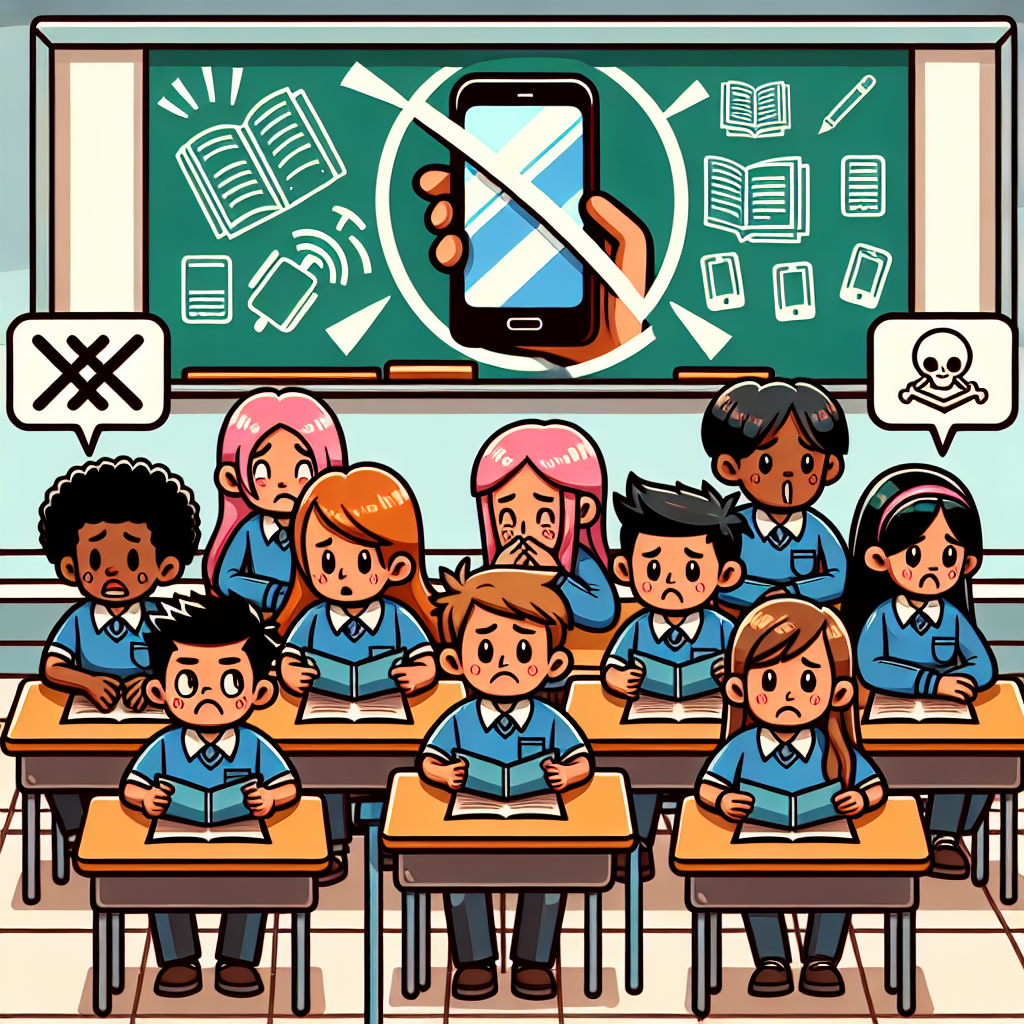
School Phone Bans and Student Mental Health: A New Perspective
In recent years, schools across the globe have been implementing bans on cell phone use as a strategy to enhance learning environments. While these bans have been hailed as beneficial in reducing distractions and fostering better classroom engagement, new research sheds light on the unintended consequences that these policies might have on student mental health.
Understanding the Context
For many educators and policymakers, the rationale behind instituting school phone bans is to curb distractions, decrease cheating opportunities, and encourage face-to-face interaction among students. However, a study highlighted in a recent article by New Scientist suggests that such bans might not always yield universally positive outcomes.
The Impact on Student Well-being
The research indicates that while some students thrive in a phone-free environment, others experience increased anxiety and mental health challenges. For students who rely on their phones as a means to manage anxiety, communicate about critical issues, or simply feel connected, a ban can exacerbate feelings of isolation.
“The evidence to support phone bans in schools has been inconclusive, and now it seems that the move could harm some students’ mental health in a particular way,” notes the New Scientist.
Why Phones Matter
For students, smartphones often serve as a lifeline to their social world outside of school. The ability to quickly text a friend or browse social media serves both as a comfort and a coping mechanism for various stressors. Removing this ability could remove their perceived support network, leading to increased stress.
A Call for Balanced Approaches
Rather than outright bans, some experts advocate for balanced approaches that recognize the potential benefits of responsible phone use. This includes teaching digital literacy and self-regulation, helping students understand how to use technology in healthy ways.
Implementing Mindful Practices
- Digital Literacy Sessions: Schools can host workshops to teach students about responsible phone use, emphasizing boundaries and mental health awareness.
- Tech-free Zones: Instead of comprehensive bans, schools could designate specific “tech-free” areas and times, allowing for both focus and freedom.
- Feedback Loops: Engaging students in the creation of policies about phone use may empower them to follow rules they helped shape, ensuring they reflect their needs.
Conclusion: A Need for Further Research
Research is pivotal in continually assessing the impacts of school policies on student wellbeing. As schools consider implementing or maintaining phone bans, understanding the nuanced ways these policies affect different student demographics is vital for fostering environments that support all aspects of student development.
For schools, striking a balance between minimized distractions and supporting student mental health is crucial. By considering individual needs and employing more nuanced policies, educational institutions can create healthier academic settings.



